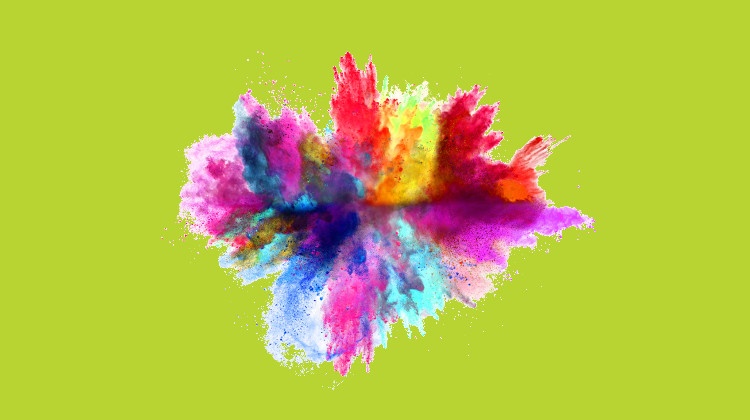Posted 2017-06-16
Increasing Conversion through Website Design

How to improve a call to action button by optimizing for color, placement, and verbiage.
It’s not a call to action unless it jumps off the page. Anything less will hurt ROI.
Here are some design tricks to get the customer interested.
Color Affects Behavior
Customers react to colors.
According to an article from kissmetrics.com, women prefer blue, purple, and green. They dislike orange, brown, and gray. Men go for blue, green, and black. They reject brown, orange, and purple.
Men and women don’t just like blue; they trust it. Studies show that blue invites feelings of serenity and calmness. It’s a color that suggests trustworthiness and draws loyalty.
Just like a stop sign demands attention, red creates a sense of urgency. It stands for energy, warmth, and, in some cases, excitement.
Thoughts of wealth accompany green. It’s also reminiscent of the great outdoors, balance, restoration, and health.
No color represents luxury quite like black. It further suggests sophistication, sleekness, calmness, and a neutral stance.
Yellow causes anxiety. Such a call to action button might make a customer think twice. But it’s also an optimistic color associated with youthfulness, self-esteem, and friendliness.
Purple soothes and emotes truth, quality, and luxury. Men dislike it, but that means they notice it.
Both males and females find orange aesthetically unpleasing. Its unattractiveness helps it stand out, and because it also implies urgency and encourages impulsive behavior, orange can be perfect for a call to action button. It can become distracting if used too much.
Buttons lose the ability to stand out when surrounded by low-contrasting colors. Using white space is an easy solution.
Button Placement Draws the Eye
The von Resorff effect, sometimes referred to as the “isolation effect,” is the theory that an item will stand out if it is isolated or different. Market research has proven the theory to be true. A properly isolated button is easier to notice.
High-performing websites tend to put the call to action button either be in the middle of the page or slightly to the right, but never below the scroll. (The user never has to scroll down the page to see it.)
The customer’s eyes should naturally gravitate toward the button. One way to accomplish this on desktop screens is with a hero image of a person looking at the call to action button. The customer follows their line of site to the button.
A call to action optimized for mobile is viewable from the top of the landing page (on all mobile devices, even the ones with tiny screens like the iPhone 5).
Readability Means Choosing the Right Verbs
Color and button placement can help grab the customer’s attention and keep them from bouncing. It’s an important first step, but it requires follow-through with powerful words.
Brevity is required. A great call to action button succinctly states what the site wants the user to do.
Here are some ideas:
- Discover Now – The customer is invited to find out something. The site offers an answer to an important question but requires the user to click the button to find it out. (Also: Learn More, Find Out, More Info, Read More.)
- Start Now – The customer is granted access to start the process. The assumption is that they’re ready to begin, which runs the risk of losing clients who need to learn more. The customers who do click through are maybe more eager, and so may have more potential to convert. (Also: Go, Begin, Get Started.)
- Want It? – The site appeals to the customer’s desires, tempting them to click the button.
- Sign Up – This offers a simple, one-step requirement that may seem more inviting to a customer not interested in a longer process.
- Continue – Some users need reminding that they’ve already begun a process and clicking on the button is the next inevitable step.
- Click Here – While it’s a little trite and salesy, some customers like that.
- Yes – This option requires a “No” button, which could include a small addendum, such as “I need more information first.” Selecting this option could lead them to the How It Works page.
- For Free – This phrase can be added to the end of a call to action button to increase appeal. A user might like the sound of “Request Loan for Free.” It's best to be cautious with this approach, as “Start Now for Free” looks like there will be money required at some point.
There’s a case for adding an icon to the call to action button. Something as simple as an arrow can make the button more noticeable and appealing.
Nobody ever gets a landing page right the first time. It takes testing to figure out what customers like. The color descriptions, placement ideas, and word suggestions above should help make those tests a little easier.